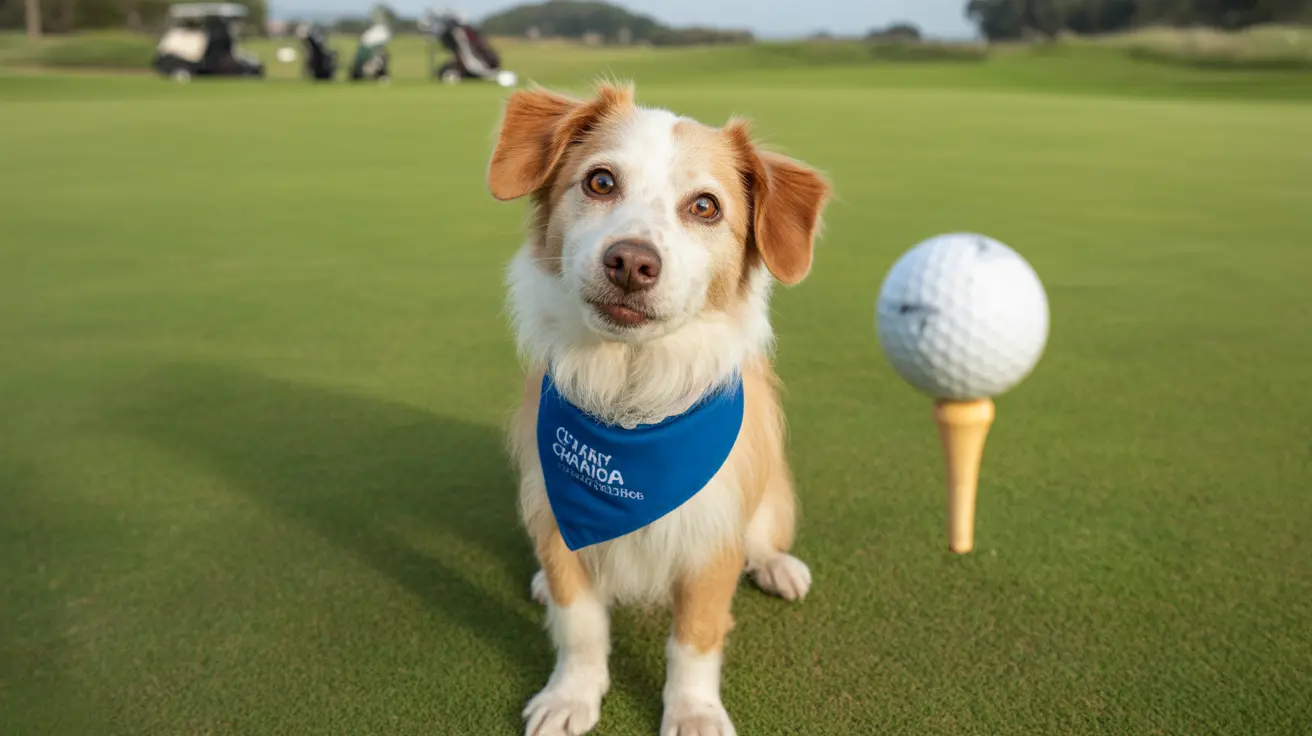Understanding Cushing’s Disease
Cushing’s disease, also known as hypercortisolism or hyperadrenocorticism, is a significant endocrine disorder that predominantly affects middle-aged and senior dogs. This condition is characterized by the excessive production of the hormone cortisol, leading to various behavioral and physical changes. The seriousness of Cushing’s disease lies in its potential to significantly impact a dog's quality of life, necessitating timely intervention to manage the symptoms and prevent further complications.
The Role of Hormones in Cushing’s Disease
Cortisol, a steroid hormone produced by the adrenal glands, plays a crucial role in a dog's body by aiding in stress response and regulating metabolism, immune function, and blood sugar levels. Under normal circumstances, cortisol production is regulated by a feedback mechanism involving the pituitary gland. The pituitary gland produces the adrenocorticotropic hormone (ACTH), which stimulates the adrenal glands to produce cortisol. Once adequate cortisol levels are reached, a signal is sent back to the pituitary gland to halt ACTH production. However, in dogs with Cushing’s disease, this feedback loop malfunctions, resulting in continuous cortisol production, even when it is not required.
Types of Cushing’s Disease
Cushing’s disease can be classified into two primary types: pituitary-dependent hyperadrenocorticism (PDH) and adrenal-dependent hyperadrenocorticism (ADH). The more prevalent form, PDH, is caused by a benign tumor on the pituitary gland, which persistently stimulates the adrenal glands to overproduce cortisol. On the other hand, ADH arises from a tumor on one of the adrenal glands, directly leading to excessive cortisol production. Understanding these classifications is crucial for determining the appropriate treatment approach.
Recognizing the Symptoms
Dogs with Cushing’s disease exhibit a range of symptoms due to elevated cortisol levels. Common behavioral changes include increased appetite, resulting in overeating and weight gain, as well as increased thirst and urination. Physically, affected dogs often develop a pot-bellied appearance due to fat redistribution in the abdomen. Other notable symptoms include excessive panting, lethargy, hair loss, and skin changes such as thinning, hyperpigmentation, and calcified skin lesions (calcinosis cutis). Recognizing these signs early on can lead to a more timely diagnosis and management.
Diagnostic Approaches
Diagnosing Cushing’s disease begins with a thorough veterinary examination and discussion of symptoms. Two primary tests are utilized to confirm the diagnosis: the Low-Dose Dexamethasone Suppression Test and the ACTH Stimulation Test. The former assesses the adrenal glands' response to dexamethasone, a synthetic corticosteroid, while the latter evaluates cortisol production in response to ACTH. Additional imaging studies, such as MRI or CT scans, may be conducted to distinguish between pituitary-dependent and adrenal-dependent forms of the disease.
Treatment Options
While Cushing’s disease cannot be cured, it can be managed effectively. Treatment typically involves medications like Trilostane, which inhibits cortisol production, or Mitotane, which destroys part of the adrenal gland. In cases of adrenal-dependent Cushing’s disease, surgical removal of the tumor may be considered, depending on the dog's overall health and the tumor's characteristics. These treatment options aim to alleviate symptoms and improve the dog's quality of life.
Ongoing Management and Monitoring
Long-term management of Cushing’s disease requires regular veterinary check-ups to monitor medication effectiveness and adjust dosages as necessary. Blood tests are crucial for assessing cortisol levels and liver function, while dietary adjustments, such as a low-fat diet, can help manage associated conditions like high cholesterol. Consistent monitoring ensures that the dog's health is maintained and any side effects are promptly addressed.
Prognosis and Quality of Life
Cushing’s disease can impact a dog's lifespan, with longevity post-diagnosis ranging from one to five years, depending on treatment efficacy. However, with proper management and monitoring, dogs can enjoy a good quality of life. It is important for pet owners to work closely with veterinarians to understand the prognosis and implement strategies that enhance the well-being of their furry companions.
Preventative Measures
Although Cushing’s disease itself is not preventable, iatrogenic Cushing’s can be avoided through careful management of corticosteroid treatments for other medical conditions. Dogs receiving such treatments should be closely monitored for symptoms indicative of Cushing’s disease, ensuring that any adverse effects are addressed promptly.
Conclusion
Cushing’s disease is a serious condition affecting many dogs, particularly in their middle and senior years. Understanding the disorder, recognizing symptoms early, and pursuing timely diagnosis and management are critical in improving the lives of affected dogs. While the disease poses challenges, effective treatment and ongoing care can significantly enhance a dog's quality of life, allowing them to enjoy their golden years with comfort and vitality.






